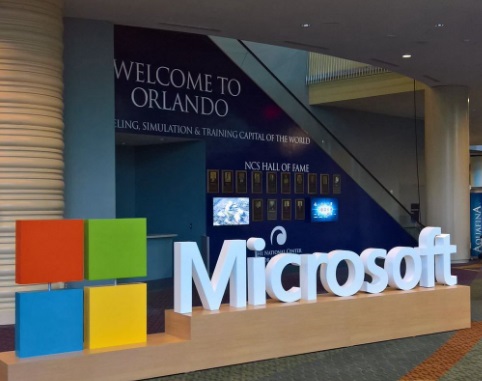Microsoft says still on track to hit $20 billion commercial cloud run rate

After last week's concession that it would miss its projected Windows 10 installation promise for mid-2018, Microsoft execs were quick to let everyone know that the company is still on track on the cloud side of its business.

Microsoft committed in 2015 that its commercial cloud run rate would hit $20 billion by during the company's FY 2018 (July 2017 to June 2018). As of today, July 19, when it reported its Q4 FY 2016 earnings, Microsoft was at a $12.1 commercial cloud run rate, execs said. That's up from $10 billion last quarter, and up from just over $8 billion in the year ago quarter.
A quick refresher on definitions: Microsoft's commercial cloud includes revenues from Azure; its Office 365 business services (Exchange Online, SharePoint Online, Skype for Business Online); Dynamics CRM Online and its Enterprise Mobility + Security Suite (EMS). No on-premises server, cloud hosting or other consulting services are in this bucket.
Tech Earnings
Once it begins rolling out, Microsoft's Dynamics 365 suite -- which combines CRM Online with various Azure-hosted Microsoft ERP offerings -- will be in this bucket, too, as will whatever LinkedIn services/bundles that the company introduces once its acquisition of LinkedIn is approved before the end of calendar 2016.
Atypically, Microsoft didn't disclose the number of Office 365 Commercial (business) active seats it currently has, though officials did note that consumer Office 365 active seats are now at 23 million. Our last Microsoft-provided number of Office 365 commercial seats was 70 million in May 2016. (When I asked today for a new number, I was told Microsoft will disclose a new figure only when there's a major milestone, though Microsoft's earnings call slides did mention that O365 commercial seats grew 45 percent.) Officials touted the current 10 million paid Dynamics seats it now has, however, during today's earnings call.
Wall Street wants to see Microsoft transition ever more quickly from its long-standing dependency on on-premises software to the cloud, even though margins are lower on cloud services. And Microsoft management wants the same.
As a result, it's not too surprising that Microsoft isn't hiding the facts that its gaming hardware business is down nine percent (but overall Xbox Live user number is up). Its overall device revenue is down 35 percent, largely because phone revenue was down 71 percent,. But greater than 40 percent of search revenues (in June) was driven by Windows 10 devices, thanks to Microsoft bundling Bing/Cortana with the operating system.
Management's emphasis increasingly is on showing that it's services, services, services more than hardware and on-premises software, that's powering Microsoft. The days of Microsoft earnings releases celebrating growth of on-premises enterprise software growth and IP licensing revenues from Windows noticeably are on the wane.